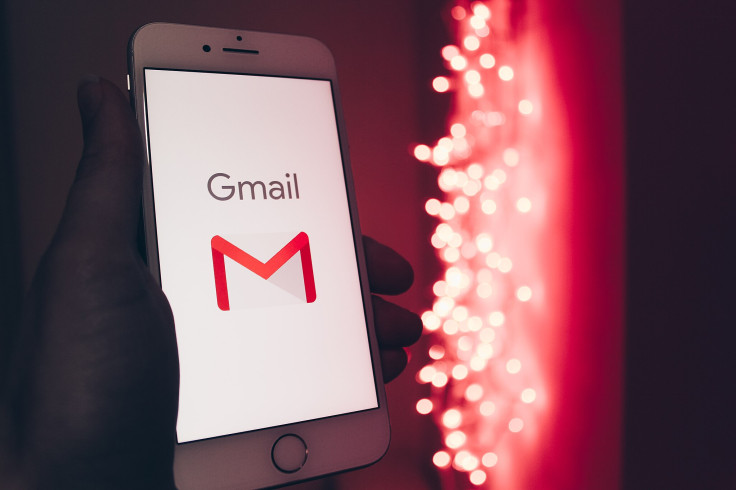Google introduces blue checkmarks for verified Gmail users to curb phishing emails
You will now see a blue checkmark for verfiied Gmail senders.

Gmail has introduced blue checkmarks in a bid to protect its users from scammers and cybercriminals. As a result, Gmail users will be able to determine if they have received a phishing email without breaking a sweat.
According to cybersecurity company Proofpoint, phishing is when someone receives malicious emails that trick them into providing sensitive information such as system credentials and financial information. Regrettably, a considerable number of users do not know how to identify a phishing email. Gmail's blue checkmark serves as a foolproof way of identifying if a sender's email is legitimate.
Gmail is now getting its own blue checkmark. pic.twitter.com/hqBFMBv55q
— Mukul Sharma (@stufflistings) May 4, 2023
In its new blog post, Google announced that it is adding a blue checkmark icon for verified Gmail users. Notably, this will be similar to the blue checkmarks that appear next to the account name of a verified Facebook or Instagram user. This checkmark will be a sign that the sender of an email is really who they say they are rather than a scammer trying to lead you to a phishing website.
The search engine giant has started rolling out these blue checkmarks in Gmail for paid Google Workspace users. According to a SlashGear report, the blue verified badges have begun rolling out to ordinary Gmail users as well.
Protecting Gmail users from Scammers
To recap, Google introduced its BIMI (Brand Indicators for Message Identification) initiative back in 2021 to make its widely used free email service safer. As part of this initiative, the American tech giant required businesses to use strong authentication and use their brand's logo as an avatar.
Look for the blue checkmark next to a company's name in your emails to make sure they're the real deal before you respond. Learn more 👉 https://t.co/KIBkdFJOzr pic.twitter.com/Fe5MkBjuXO
— Gmail (@gmail) May 3, 2023
The company's newly introduced blue checkmark feature uses BIMI as a basis to further simplify the process of distinguishing between legitimate senders and scammers. Brand impersonation is highly effective so cybercriminals and scammers usually resort to using this tactic.
It is no secret that people are more likely to respond to an email or message they think came directly from a company they trust and do business with. In fact, some impersonations are done so well that people end up sharing personal details that they normally wouldn't have.
How to get started, availability
While end users do not need to set up this feature, admins can visit Help Center to learn more about the process of setting up BIMI. Likewise, they can visit the working group's website for the latest updates on BIMI. However, admins have to ensure their organisations have adopted DMARC to take advantage of BIMI.
Also, admins need to have their company's logo validated with a VMC. The latest update is available to all Google Workspace customers and legacy G Suite Basic and Business customers. Moreover, people with personal Google Accounts can avail of this feature.
Phishing emails: How to stay safe?
Cybercriminals are using the latest technology to their advantage. For instance, cybercriminals are now using AI chatbots like ChatGPT and Google Bard to craft genuine-looking phishing emails. Likewise, NewsGuard recently found that AI bots have been used to generate content for 49 fake news websites.
So, the burning question is, how can you stay safe from phishing emails? Google is on the verge of giving blue checkmarks in Gmail to organisations that have implemented its BIMI guidelines.
No matter how much #cybersecurity tech you have in place, a simple #phishingmail can lead to a #securitybreach or #databreach. Spotting #phishingemails is more important than ever! #wearehackurity pic.twitter.com/x8XuH0pZCT
— hackurity.io (@hackurityio) May 1, 2023
So, check your inbox carefully. First, ensure that the sender's email address is legitimate by performing a simple web search. Alternatively, you can visit the company's website to check their email address, which is usually mentioned at the bottom of the page.
You can even get in touch with a company's support staff to verify whether the email address belongs to them. Also, it is worth noting that phishing emails are usually designed to create a sense of urgency. Gmail's new blue checkmark feature could minimise the risk of these cyber threats.
© Copyright IBTimes 2025. All rights reserved.






















